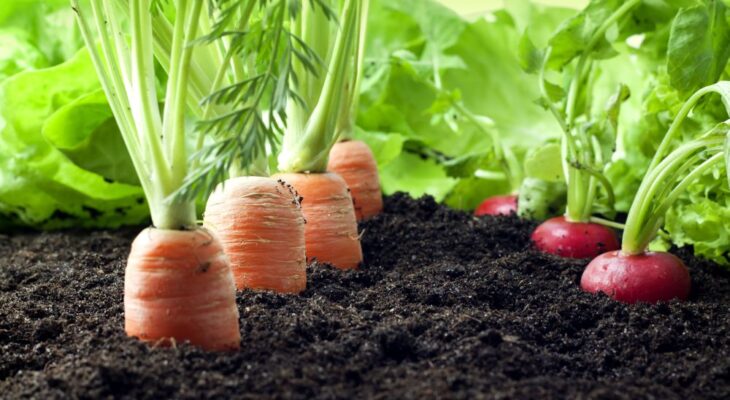
How Organic Produce Consider A Natural Conservation Initiative
The production of organic foods like organic produce St Louis MO is a way to conserve natural resources. Eliminating pesticides and other harmful chemicals in the farming process also reduces the amount of waste produced, protecting and preserving the environment. This is just one of the many advantages of eating organically, which makes it an important decision for any consumer.
Organic farming reduces exposure to pesticide waste
Organic farming is a way to minimize exposure to pesticide waste. The practice of farming organically protects the soil from chemicals, conserves water, and encourages healthy biodiversity.
One major study on wheat fields found that farmers who planted the crop organically saw a significant increase in topsoil. Another study showed that an organic field experienced more than one-third less erosion than a conventional field.
Pesticides are commonly used to kill insects and weeds. However, the harmful chemicals also contaminate the air, water, and soil. These harmful pollutants have been lingering in our environment for decades.
The US Department of Agriculture implemented the National Organic Program in 2002. This program sets labeling standards for agricultural products. It includes specific requirements for livestock and crops.
Reduces antibiotic-resistant bacteria
If you eat organic produce, you’re likely to have less antibiotic-resistant bacteria (AMR) than if you eat conventionally produced foods. AMR is an essential threat to public health. It affects animals, humans, and the environment.
Animal agriculture is the largest consumer of antimicrobials. In the United States, 80% of all antibiotics sold were used for animal production. In the European Union, nearly nine tons of antibiotics were used for animal production in 2014.
The use of antibiotics in livestock is believed to increase the prevalence of antibiotic-resistant pathogens. Antibiotics are administered to animals for their growth and to keep them healthy. When these antibiotics reach water bodies, they can be passed into surface and groundwater. These antibiotics can also be incorporated into manure and released into the environment.
Costs of non-certified organic produce
Although certification is necessary, some producers choose to go down the non-certified route. However, obtaining a quality organic certification is a challenge in the park. The cost of certification can vary widely, from several hundred dollars to tens of thousands of dollars. Luckily, there are financial incentives in the form of USDA Farm Service Agency loans and subsidies to help producers achieve their certification goals.
The true cost of certification varies considerably depending on the size of the operation. To be certified, a producer must adhere to strict guidelines. For example, synthetic fertilizers and sewage sludge are strictly prohibited. There are also annual assessments and inspections to keep an eye out for. Once a farm or ranch has been awarded a certification, it is required to implement organic management practices such as crop rotation and composting.
Need for research and innovation
The Italian organic sector spent limited resources on research and innovation. Research projects were scattered in terms of topics, disciplines, and actors. These efforts should be reoriented to improve their impact. An open-source approach is also recommended.
Investing in research is important to improve the sustainability of organic farming. Research can help close technical gaps in organic processing and marketing. It could also lead to improvements in animal nutrition. In this context, innovative methods in organic farming are based on creativity and a diversity of perspectives.
The OREI has invested millions in organic agricultural research. One hundred ninety-eight grants have been issued over $170 million over the past ten years. They were awarded to national laboratories, NGOs, and universities.
A high share of research projects was multidisciplinary. It demonstrated that a multi-actor approach was a key step to co-innovation. Some examples include the use of allelopathy to enhance weed suppression in cereals.











